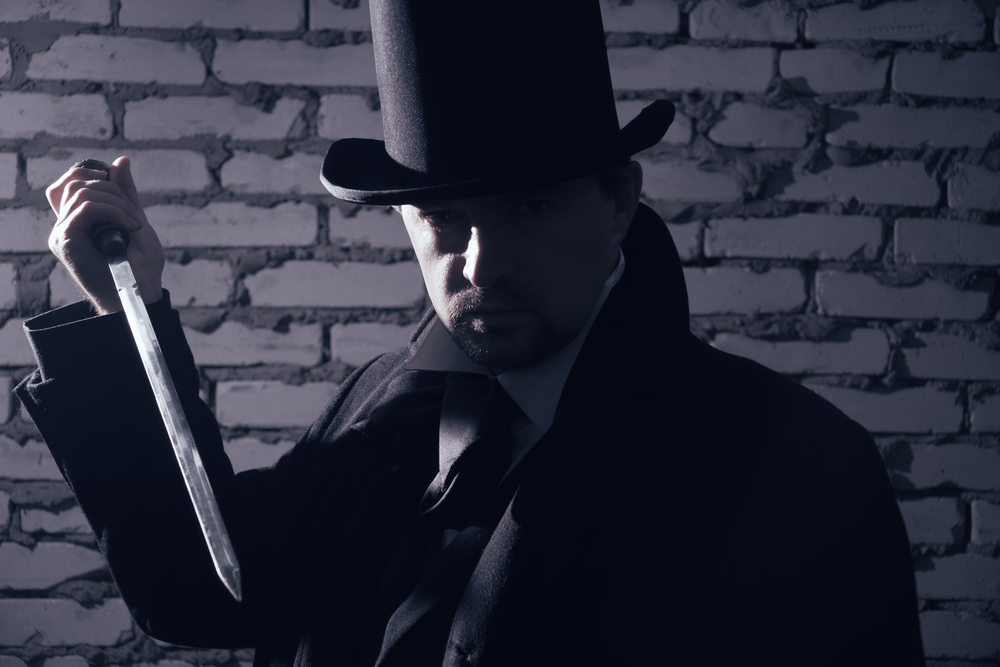Just how many victims did Jack the Ripper have? The number of canonical victims is five, but some people say there are more, and some less. What measuring sticks do Ripperologists use to figure their lists? Historian and true crime aficionado Cal...
Benjamin Franklin. You know him as a founding father, a drafter of the Declaration of Independence, the discoverer of electricity, a diplomat. But did you know he wrote true crime, too? He started his career as a printing apprentice and later...




Recent Comments